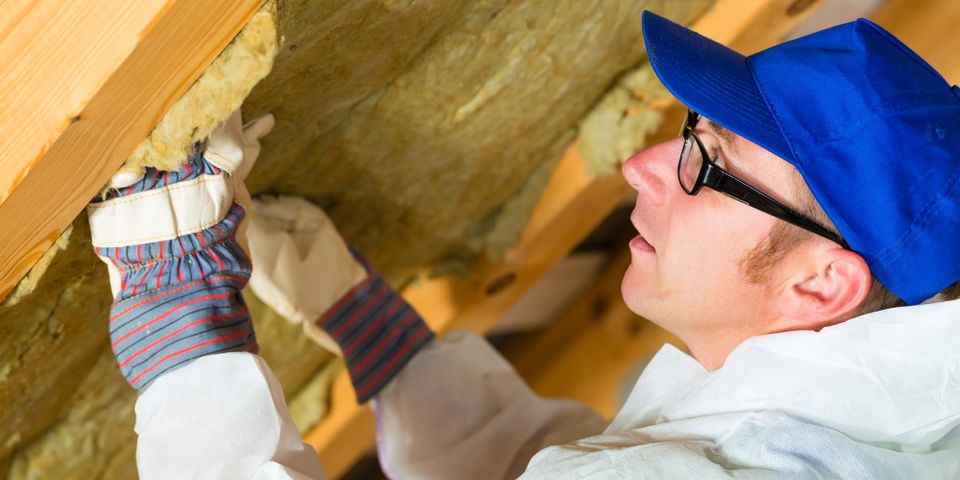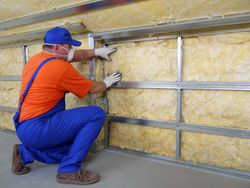Can Mold Grow on Fiberglass Insulation?

If you have a plumbing or roof leak, it can cause damage throughout your home. One possible result is the growth of mold on your fiberglass insulation. Here’s how to identify such a problem and what to do once you discover it.
How to Tell if Your Home Has Fiberglass Insulation
Fiberglass insulation is installed in chopped form or in batts that are rolled out. If your insulation is pink, yellow, green, or white, it’s probably fiberglass. The insulation’s color comes from the resin binder used by the manufacturer.
How Mold Can Form on Fiberglass
 Fiberglass insulation often collects debris that becomes moist due to humid air in the attic or walls, leaking roofs or plumbing, or flooding. Mold can form on moist surfaces of the debris and the insulation materials. You might find it growing on paper-based moisture barriers, fiberglass resin binders, duct linings, and organic dust that settles on the insulation.
Fiberglass insulation often collects debris that becomes moist due to humid air in the attic or walls, leaking roofs or plumbing, or flooding. Mold can form on moist surfaces of the debris and the insulation materials. You might find it growing on paper-based moisture barriers, fiberglass resin binders, duct linings, and organic dust that settles on the insulation.
How to Tell if There’s a Problem
If the fiberglass turns black, it likely has mold. However, even fiberglass that appears clean can be contaminated with white or colorless spores and spore chains of Aspergillus or Penicillium.
These contaminants often develop after flooding, leaking, or sewage backups. Identifying these growths requires special sample testing, such as with a personal air sampler or a keyboard vacuum pump.
Inhaling mold and its spores can cause a variety of problems, including a sore throat, wheezing, burning eyes, or skin rash, as well as serious illnesses and lung infections. To protect your home’s indoor air quality and keep the occupants healthy, seek help from professionals experienced in mold inspection and removal.
If you suspect mold is contaminating your fiberglass insulation, get confirmation and relief from Big Mountain Insulators in Whitefish, MT. Offering more than 42 years of experience, these EPA-certified and trained professionals will make your home safe again. For a free estimate, call (406) 862-5446 or contact them on their website.
About the Business
Have a question? Ask the experts!
Send your question

